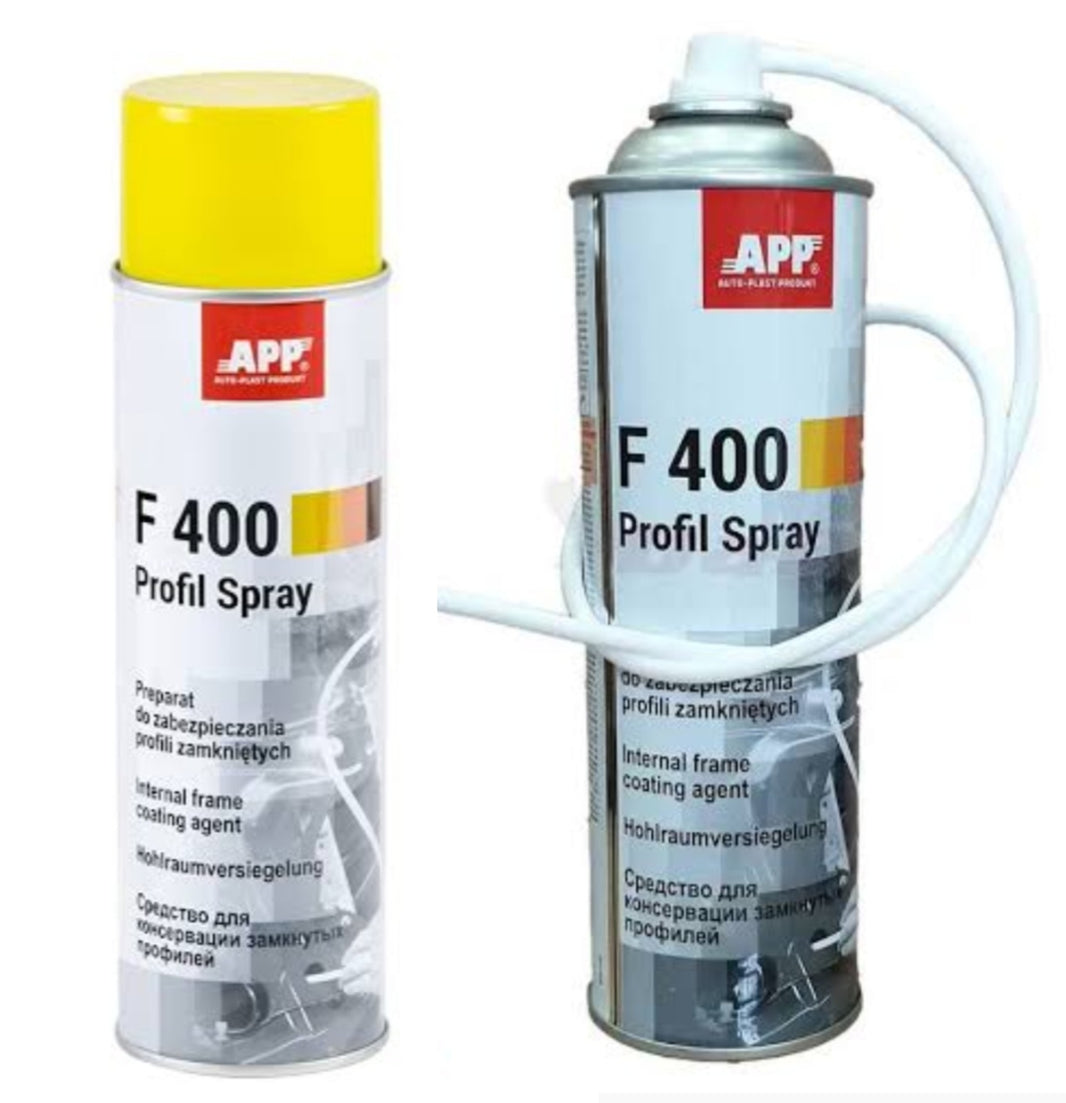The Art and Science of Car Paint: Unveiling the Secrets Behind the Perfect Finish
Car paint is more than just a protective coating; it's an integral part of a vehicle's aesthetic appeal, reflecting both style and personality. The world of automotive finishes is a fascinating blend of artistry and advanced technology, where meticulous craftsmanship meets cutting-edge chemistry. In this article, we delve into the intricacies of car paint, exploring the evolution of techniques and the science behind achieving that flawless finish.
The Evolution of Car Paint:
The history of car paint is a journey marked by innovation and creativity. Early automobiles sported basic, single-tone finishes, often limited to black due to its affordability and availability. As the automotive industry flourished, so did the demand for more vibrant and diverse color options. The introduction of metallic and pearlescent paints in the mid-20th century revolutionized the way cars were painted, allowing for a broader spectrum of hues and effects.
Modern Car Paint Technologies:
Today, the automotive painting process is a sophisticated blend of traditional craftsmanship and cutting-edge technologies. One of the most significant advancements is the adoption of water-based paints, replacing the solvent-based counterparts that were once standard. Water-based paints are not only environmentally friendly but also contribute to the overall safety of both workers and consumers.
Furthermore, the advent of clear coats has significantly enhanced the durability and longevity of car paint. Clear coats act as a protective layer, shielding the underlying color from the harsh elements, such as UV rays, pollutants, and road debris. The result is a glossy, resilient finish that can withstand the test of time.
The Role of Robotics in Car Painting:
In the pursuit of perfection, many automotive manufacturers have turned to robotic technology to ensure precision and consistency in the painting process. Robotic arms equipped with high-tech paint guns can apply paint with unparalleled accuracy, minimizing waste and reducing the risk of human error. This level of automation not only enhances efficiency but also guarantees a uniform finish across every vehicle that rolls off the assembly line.
Customization and Personalization:
Car enthusiasts are increasingly seeking ways to personalize their vehicles, and paint customization has become a popular avenue for self-expression. Automotive manufacturers and aftermarket shops now offer a plethora of options, from custom color mixes to intricate designs and patterns. The rise of matte finishes, chrome accents, and even specialized paint effects like chameleon and holographic paints have transformed cars into unique works of art on wheels.
Challenges and Innovations:
While auto paint has come a long way, challenges persist, such as environmental concerns and the need for more sustainable practices. In response, researchers are exploring eco-friendly alternatives, including bio-based paints and more efficient application methods to reduce waste.

Comments
Post a Comment